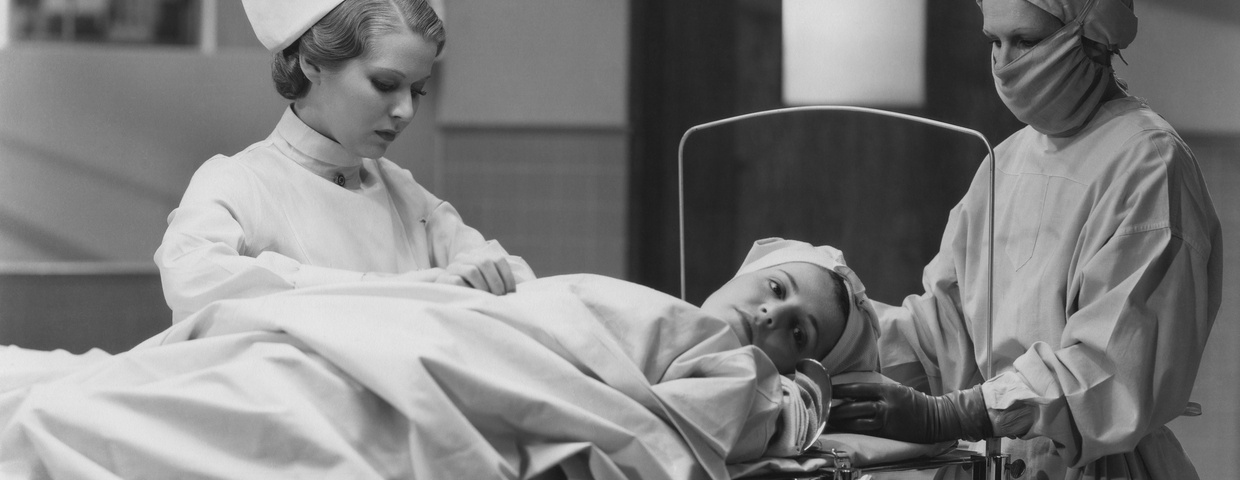The History of Sternal Dehiscence
The midline sternotomy made its entrance into the clinical world, but not without complications. Sternal infection was on the rise. Sternal dehiscence was treated with open drainage and debridement with packing. Results included complications like graft exposure, desiccation of wound margins, osteomyelitis, and death. In 1963, Shucker and Mandelbaum introduced closed management with catheter-antibiotic irrigation. Survival rates increased, but they were still pretty slim. With the mortality risks, there was great desire to discover better wound care.
Changes in Management
First of all, sternal instability was causing mediastinal infections of the wounds. The surgeon must take the time to use the meticulous technique when doing a sternotomy. Proper placement reduces the risks of mediastinitis.










